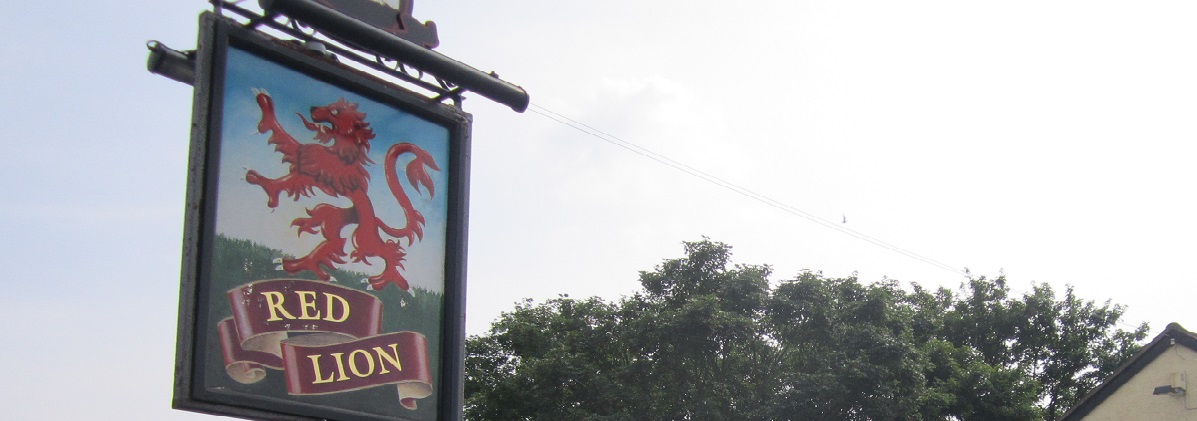
Recent reports suggest that wet-led pubs are experiencing a new lease of life, but how true is this and what does it mean for food-led premises?
Although it’s suggested that the tide is seemingly turning on food focused pubs, everything isn’t as cut and dry as it seems. It appears that purely wet led pubs are continuing to show a decline in turnover that has been evidenced for the past few years, however the rate has abated. This is leading many in the industry to assume that those businesses that serve both purposes may have had their day.
While pubs concentrating on drinks offerings might be seeing a surge, we’re not convinced that the end of foodie pubs is nigh.
It wasn’t that long ago that pubs were being advised to try different methods to generate revenue and boost profits in a bid to counteract the drop in drinks sales thought to be caused by cheap supermarket and shop prices. This involved employing alternative income ideas to boost trade such as introducing and expanding food concepts. With so many pubs releasing food menus, the market quickly became saturated potentially causing the novelty to wear off. Gastropubs flooded the scene and became ten a penny; they just weren’t new and exciting anymore. Could the recent increase in sales demonstrate that punters are now shirking the new norm and looking for more traditional establishments?
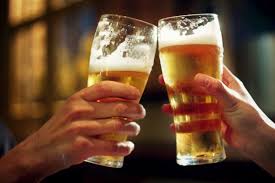
Wet Led Trend Set to Continue?
Past experience has taught that weather and topical events play a big part in the fluctuation of trends. England’s surprisingly successful World Cup outing and an unusually warm summer have arguably promoted a reinforced drinking ethos, evidenced by flocks of people heading to the pub purely for beer, wine and spirits (and soft drinks). Whether this new direction will continue is debatable; there are other factors that may come into play.
Weather Anomalies
Balmy weather during the summer may have been a catalyst for the rise of wet led pubs and a coup for revenue and turnover but in an ironic twist, the basis for the seasonal success may inadvertently push beer prices up further.
Poor weather at the beginning of the year pushed back the sowing of crops – already putting production off to a shaky start. Since then these crops have been subjected to uncanny temperatures without getting even a trickle of rain. Resulting in the failure of large quantities of crops, brewers could struggle to meet their typical production quota, with any available crops being in high demand with a price tag to reflect. This competition for basic brewing materials pushes the price of crops up; extra costs that must be passed to customers therefore in turn accelerating beer prices. Although a result of natural causes, could this potential, yet seemingly unavoidable, increase in beer prices skew the figures that seem to be continuously in flux?
All About the Budget
Following the freeze on alcohol duty in the 2017 budget there is new furore sweeping the industry around the anticipated rise in beer duty coming in this Autumn’s announcement.* The rumoured 2018 increase has spurred the rapidly growing Long Live the Local campaign aimed at stopping crippling tax increases that threaten the livelihoods of thousands of publicans. The movement is still gathering speed and momentum to save more pubs from closure and in turn save thousands of jobs. Could the contents of Philip Hammond’s red case deal a further blow to the rebirth of the wet led pub?
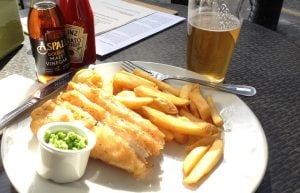
Why Food Led Pubs Still Have a Place
It’s undeniable that food and drink go together like Batman and Robin or Tom and Jerry. Going hand in hand, one compliments the other, beer often leading to a craving for food – think of those burgers or kebabs after a night on the town! Likewise, a good meal will always taste better with a glass of wine. Having both on offer, to enjoy either separately or in unison, just makes sense.
The beauty of a food led pub is that it’s more relaxed than a restaurant setting making it perfect for families that just want to nip out for a quick bite or those that fancy an impromptu meal without having to book. Offering a more casual approach, customers can enjoy good food and a beverage or two without the formalities associated with restaurant dining.
Now that the public has experienced foodie pubs, could there ever be a world where quick, easy and affordable food in a sociable, familiar, often homely setting doesn’t exist?
Surviving the Storm
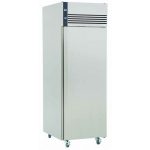
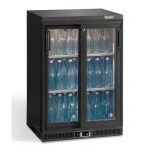
Surviving the storm of a fluctuating market relies not only on the structure, approach and mentality of a business but also getting equipment choices right. Whether food led or wet led, producing quality results will go a long way to keeping guests coming back time and time again.
The core concern for wet led pubs is stocking an eclectic mix of beverages with something to suit all tastes. Investing in the right bottle coolers and keg coolers can ensure optimum storage conditions and a refrigerated display that grabs the attention, effectively advertising what’s on offer. Ice machines may not be a bar owners first thought however are a key piece of equipment to delivering exquisite service and presentation.
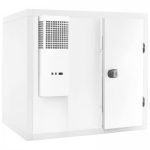
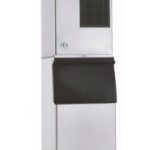
Food led pubs, whilst still offering a satisfying selection of drinks, also deliver a delicious menu to tantalise the taste buds. Whether producing hearty classics, tapas style service, sharing platters or just light bites it’s essential to use the freshest ingredients stored in premium conditions; easily achieved with the right quality commercial refrigeration.
The Importance of the Great British Pub
Whether wet led or food led, pubs create the perfect setting for people to come together with nearly every community boasting a ‘local’ as a central meeting point. Viewed as a place to reinforce the meaning of community or somewhere to reunite, celebrate, relax or just be generally social, it’s clear why the public are so passionate about keeping their local watering holes (and feeding holes) open.
Not only a prominent, core part of society, pubs of all types are a massive source of employment, generating billions in taxes for the economy every year. Some public house structures have been around for hundreds of years, many of the buildings being seen as historical landmarks. Although the closure rate of British pubs has fallen year on year since 2000, it’s still vital that the rate of closures, standing at an estimated 18 per week in the last half of 2017*, is further slowed to protect jobs, the economy and to preserve Britain’s rich heritage. *Source: Campaign for Real Ale (CAMRA)
The fluctuation in trends for wet led and food led pubs will undoubtedly continue however surely there’s enough space in the hearts of the UK public for both to amiably and successfully co-exist?
*Since writing this article good news has come in for pub and bar owners. Beer and cider duty has been frozen for the next tax year along with a freeze on spirit duty although wine duty will see a rise in line with inflation.

Leave a Comment
Your email address will not be published. Required fields are marked *